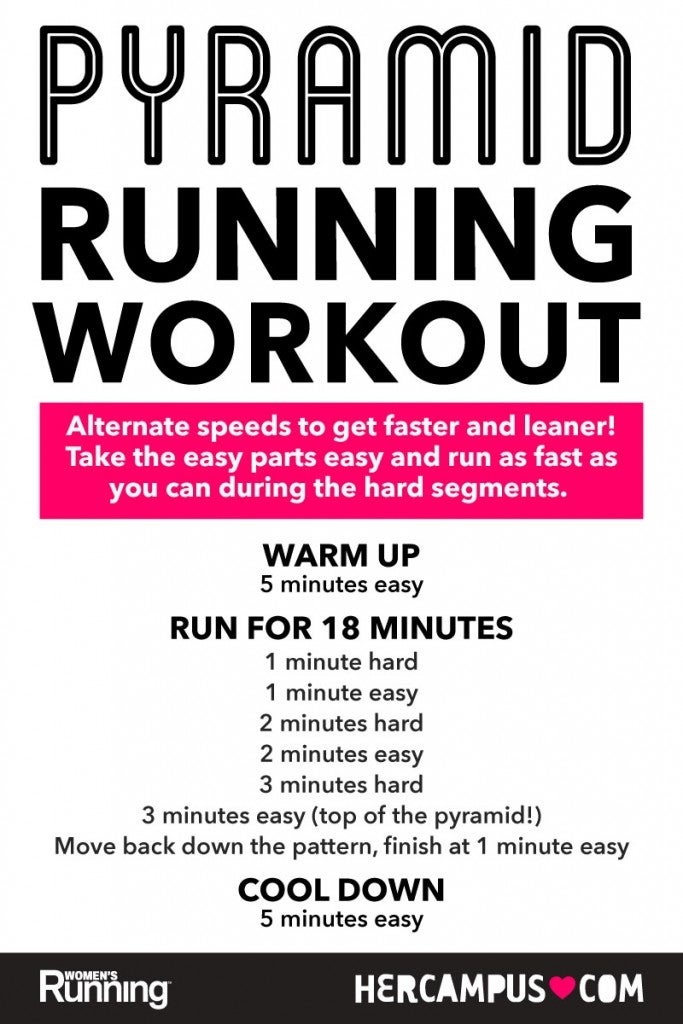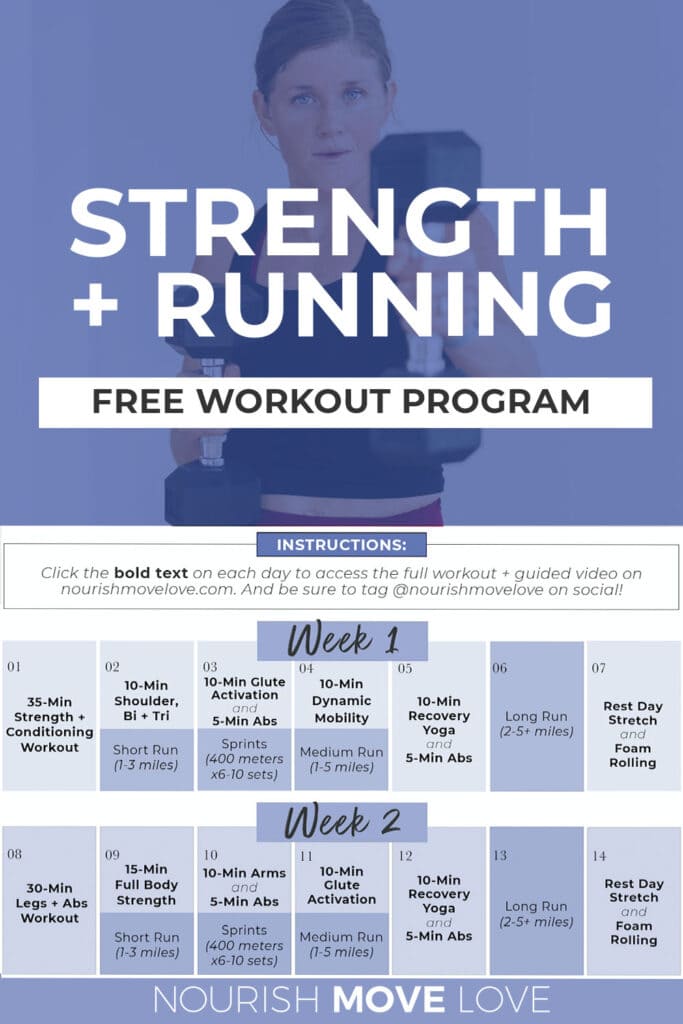Raise Your Running Strategy with Proven Techniques
Raise Your Running Strategy with Proven Techniques
Blog Article
The Ultimate Overview to Managing Discomfort When Running
Whether you are a skilled marathoner or simply starting your running trip, recognizing the different kinds of discomfort that can emerge and the approaches to resolve them is critical. From pre-run warm-up routines to proper shoes choice, there are countless aspects to consider when it comes to dealing with discomfort while running.

Recognizing Different Sorts Of Running Discomfort
When running, it is important to distinguish in between different sorts of pain to stop injuries and maximize performance (Read More). One usual sort of discomfort that joggers may experience is muscle mass pain, which usually occurs from the tension placed on muscle mass during workout. This kind of pain is usually a normal component of the running procedure and can be handled through appropriate workout, cool-down, and extending regimens
An additional sort of discomfort to be aware of is joint pain. Joint discomfort can show problems such as overuse, incorrect kind, or underlying conditions like arthritis. Ignoring joint discomfort can cause much more severe injuries, so it is important to resolve any pain quickly and potentially look for specialist suggestions.
Additionally, sharp or stabbing pains ought to not be disregarded. These kinds of discomfort can signal severe injuries such as strains, strains, or stress fractures - running workout. Proceeding to go through these kinds of discomfort can worsen the injury and prolong recuperation time

Pre-Run Workout and Extending Regular
To prepare the body for a running session, implementing an effective pre-run workout and stretching routine is necessary. A correct warm-up helps boost blood flow to the muscles, improves flexibility, and minimizes the danger of injury during the run. Start with vibrant stretches like leg swings, arm circles, and high knees to progressively raise your heart rate and relax the muscle mass. Dynamic stretching assists mimic the movements you'll be doing while running, preparing your body for the task ahead. Follow this with fixed stretches concentrating on significant muscle teams such as the hamstrings, quadriceps, calf bones, and glutes. Hold each go for regarding 15-30 seconds without bouncing to promote muscle relaxation and flexibility. Bear in mind to pay attention to your body and readjust the intensity of your warm-up based upon your fitness degree and any pre-existing problems. By incorporating a constant pre-run workout and stretching routine right into your running routine, you can maximize performance and decrease the threat of pain or injury.
Correct Footwear Selection and Fit
Choosing suitable footwear that fits well is crucial for runners to stop pain and lower the danger of injuries. Uncomfortable footwear can lead to sores, black toe nails, shin splints, and other excruciating problems that can prevent efficiency and sideline training. When choosing running footwear, it is vital to take into consideration variables such as foot kind, running gait, arch support, cushioning, and shoe dimension. running strategy. Visiting a specialty running store for a gait analysis and specialist fitting can aid guarantee that you pick the right footwear for your specific requirements. Running shoes should offer adequate assistance and stability while likewise being comfy and lightweight. Additionally, it is recommended to change your operating footwear every 300-500 miles to maintain proper padding and support. Spending in high-grade shoes that is proper for your running design and foot makeup is an aggressive action towards preventing discomfort and injuries during your runs.
Nourishment and Hydration Tips for Pain Prevention
:max_bytes(150000):strip_icc()/running-longer-or-faster-31e97070bda14ffc8afdea52094504c7.jpg)
Hydration is similarly important for joggers to stay clear of pains, dehydration, and various other discomforts that can lead to discomfort throughout running. By prioritizing nutrition and hydration, runners can boost their efficiency, minimize pain, and appreciate a more comfy running experience.
Post-Run Recuperation Techniques to Relieve Pain
Applying reliable recuperation methods is necessary for reducing pain and advertising muscle mass recovery after running sessions. One crucial post-run healing method is stretching. Incorporating fixed go for major muscle mass teams can aid minimize muscular tissue stress and soreness. Foam rolling is one more valuable technique to release muscular tissue tightness and enhance blood circulation to the muscle mass, helping in quicker recovery. Additionally, icing aching locations for 15-20 mins can help minimize swelling and numb discomfort post-run.
Hydrating properly post-run is crucial for replenishing fluids shed throughout workout and helping in muscle recuperation. Consuming a well balanced treat or dish that includes protein and carbs within half an hour of completing a run can aid repair muscle tissue and replenish power shops. In addition, getting adequate remainder is vital for permitting the body to fix and strengthen muscular tissues. Integrating active healing activities such as light strolling or swimming can also assist advertise blood circulation and decrease muscular tissue rigidity - Read More. By incorporating these post-run healing methods into your regimen, you can properly handle discomfort and optimize your running performance.
Verdict
To conclude, resolving various types of running discomfort via appropriate warm-up, stretching, shoes option, nourishment, hydration, and post-run recuperation techniques is crucial for discomfort avoidance and monitoring. By recognizing the reasons for discomfort and carrying out these methods, joggers can minimize discomfort and potential injuries. It is crucial to focus on general physical wellness and health to make sure a successful and delightful running experience.
Report this page